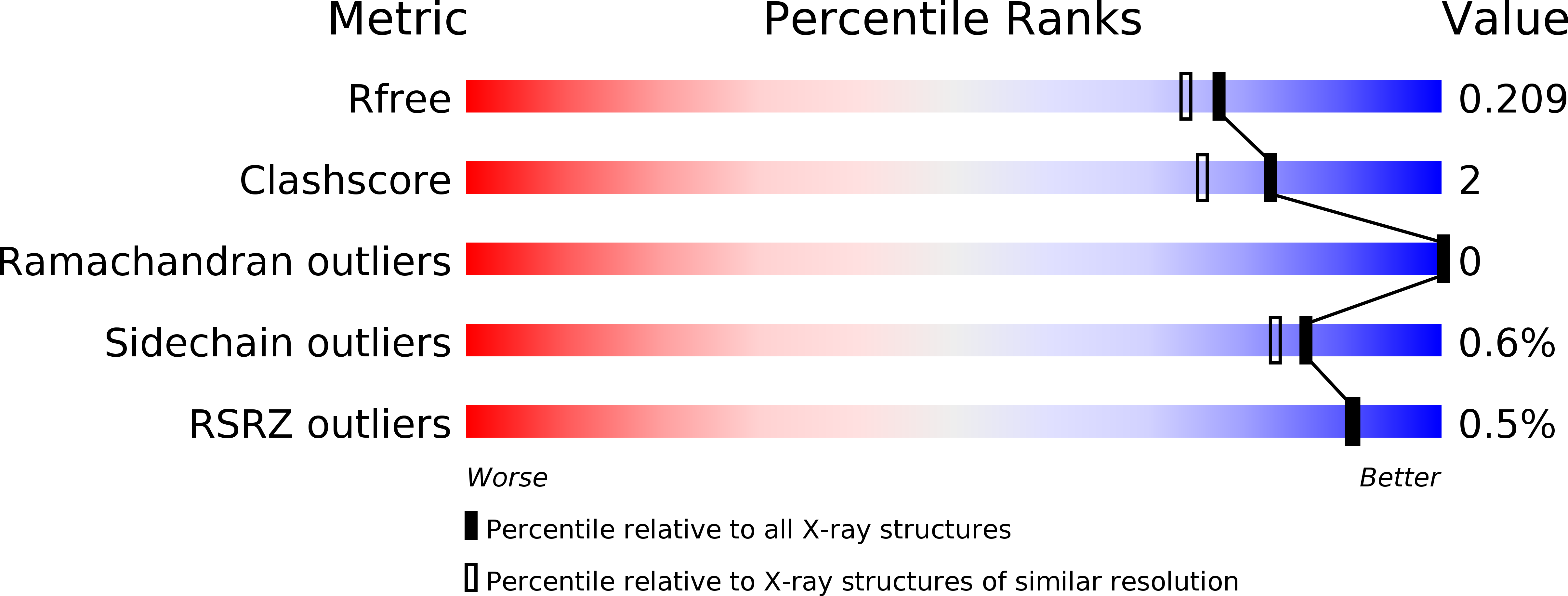
Deposition Date
2014-04-15
Release Date
2014-06-18
Last Version Date
2023-12-27
Entry Detail
PDB ID:
4PCL
Keywords:
Title:
X-ray crystal structure of an O-methyltransferase from Anaplasma phagocytophilum bound to SAM and a Manganese ion.
Biological Source:
Source Organism:
Anaplasma phagocytophilum str. HGE1 (Taxon ID: 1217107)
Host Organism:
Method Details:
Experimental Method:
Resolution:
1.85 Å
R-Value Free:
0.20
R-Value Work:
0.17
R-Value Observed:
0.17
Space Group:
P 63 2 2


